We recently connected with Arah Kang and have shared our conversation below.
Alright, Arah thanks for taking the time to share your stories and insights with us today. Let’s jump to the end – what do you want to be remembered for?
To have a legacy means that you had “something” valuable to pass on. That value is often measured by how your “something” impacts the lives of multiple people in a positive or inspirational manner that changes the course of their preconceived notions and actions.
When it comes to murals, I don’t gatekeep and will always do my best to pay it forward as my mentors have graciously done so for me. I do my best to teach and consult artists who aren’t familiar with muraling, but most importantly I teach them keeping in mind the importance of community building and what it means to be in the muralist. I don’t think that I am particularly someone that is extraordinary or have exceptional skills that are deemed far beyond industry standards. I am just someone who believes in myself and my work, and know who I am when I walk into any room. I just hope that anyone who encounters me can feel that and have the chance to fully embody and experience it themselves. My love language to show up to murals in progress with meals, snacks, and drinks because it’s a marathon for muralists and I want to show up for my community. The mural industry is so niche that we all mutually understand that our work is often bigger than us because it enters the daily lives of folks who interact with the space whether they want to or not. Intentions are everything.
I hope that someone out there is inspired to either pick up wherever I left off or create their own momentum of building communities with the best of intentions that make folks feel seen and heard through art.

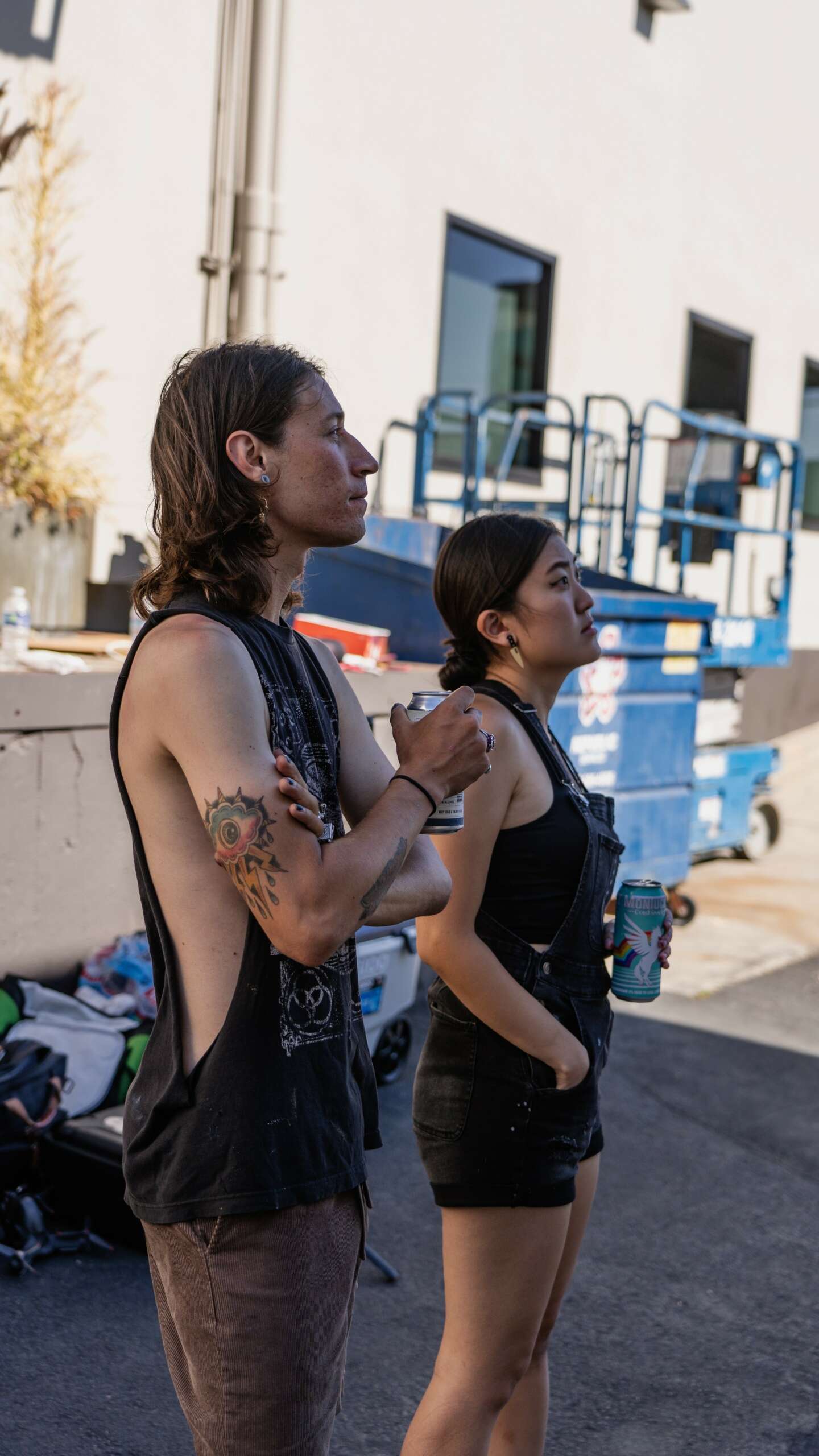
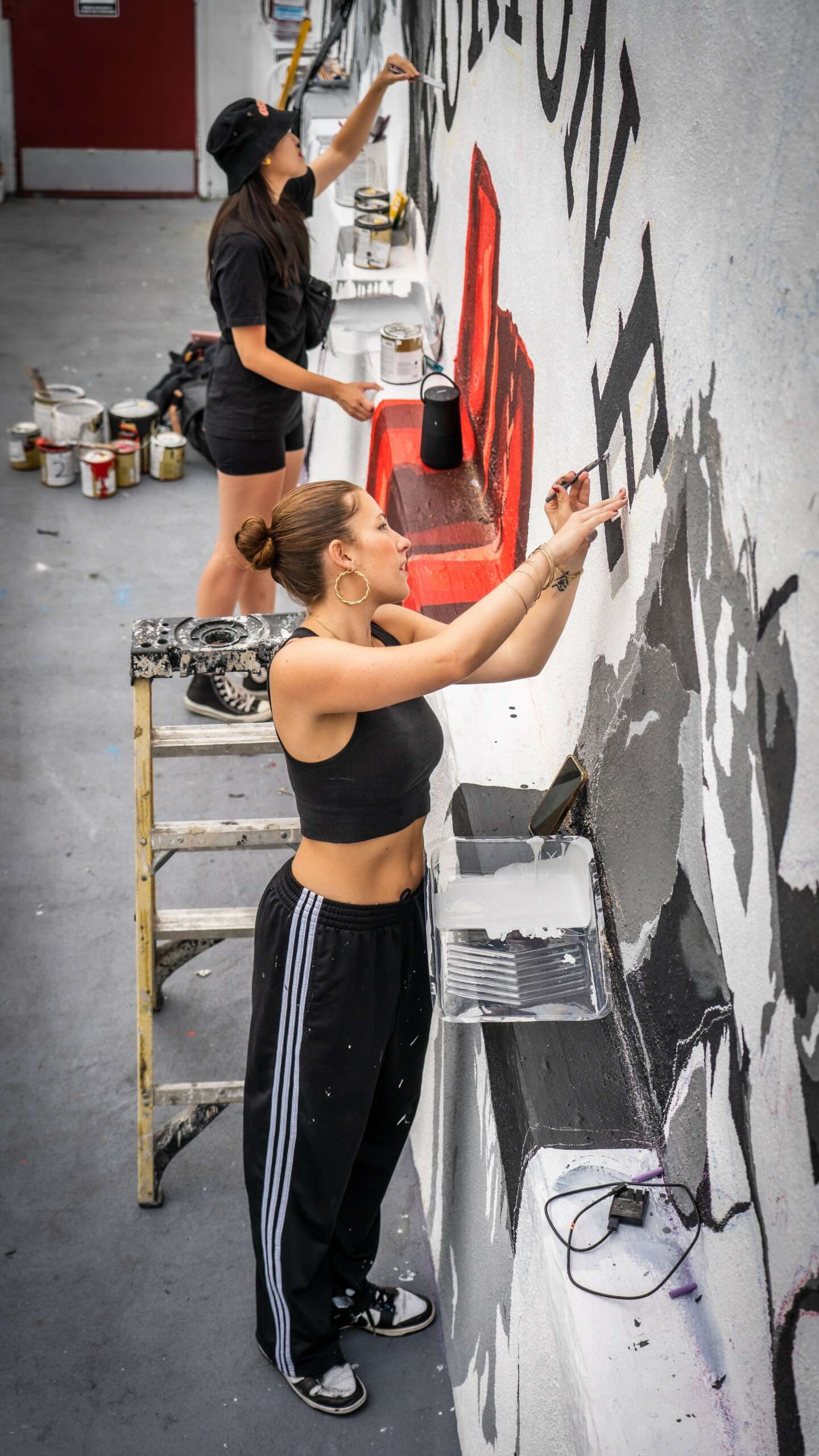
As always, we appreciate you sharing your insights and we’ve got a few more questions for you, but before we get to all of that can you take a minute to introduce yourself and give our readers some of your back background and context?
I am a second generation Korean American muralist who grew up in Atlanta, GA. The mural industry is a super niche industry that most folks do not end up in from the get go. It is very common to get put on into the craft through other existing muralists. I consider myself a very lucky individual where things aligned for me the way that they did and the opportunities appeared at the right time. I had the honor to publish an AAPI children’s coloring book as co-creative director, where we hired a team of over 20 Asian American artists to put together something that was far bigger than us and just a coloring book. Through that experience, I got to work with extremely talented individuals. Killamari was one of the artists that I had been following for quite a while and got to interview for this project. He was known for his amazing work around Atlanta for murals, so I simply asked him to teach me and he taught me by putting me on the wall. No better way to learn than actually doing it. The rest became history.
My work often act as visual conversations with the communities they adorn. I strive to engage with the people who come across my work, inviting them to share the stories and emotions I then weave into each piece. In a world often divided by differences, my mission is to use my art to create a positive and inspirational space where culture, identity, and unity intersect.


For you, what’s the most rewarding aspect of being a creative?
There is no better feeling than to be up on a wall painting, especially with good company. Muraling is what made me discover that I had a passion and that I found something I could do at any given point in time without getting sick of it. The most rewarding aspecting of being a creative is that not only am I doing something I’m passionate about, but I am simultaneously doing something that is validating and healing my inner child. Especially for the child who just had to grow up too fast and could never in her wildest dreams imagine what she’s doing now. She’s living her dream.
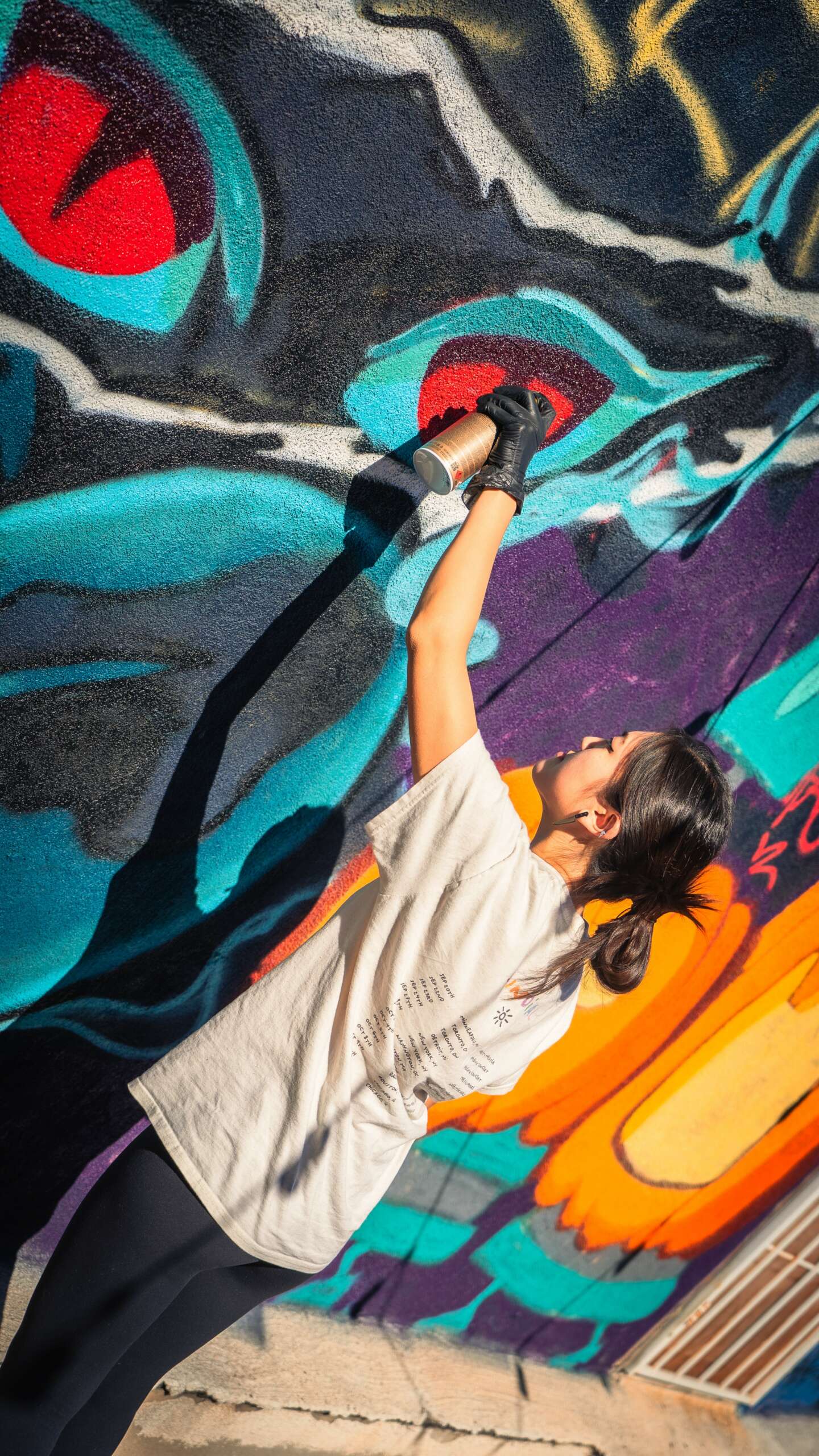
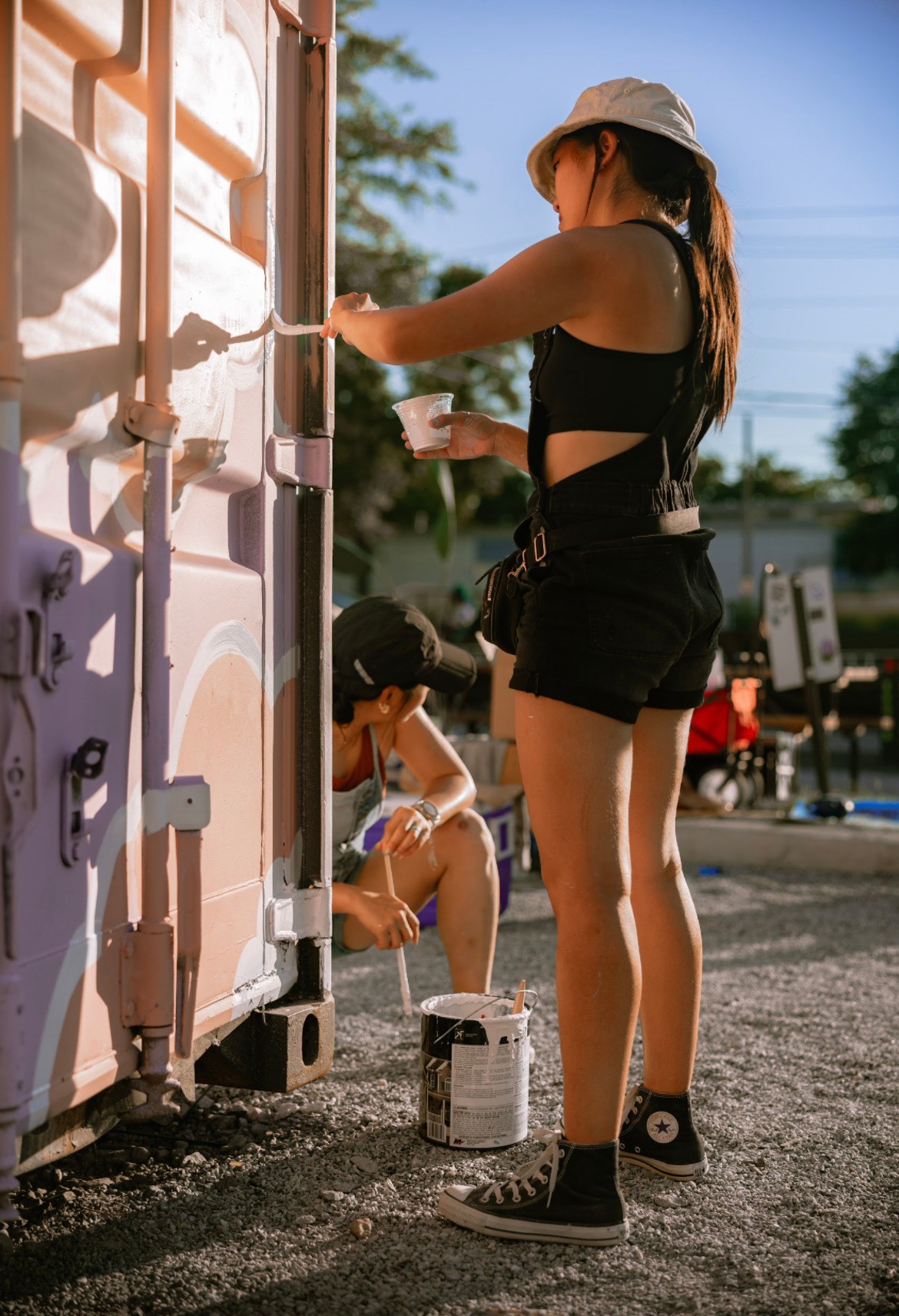
Is there something you think non-creatives will struggle to understand about your journey as a creative?
One thing that I personally, as a creative director, have been on a mission to normalize is compensating creatives for their time, value, and efforts. The starving artist narrative and practice of providing “exposure” as compensation should not be normalized. Exposure does not pay the bills. When a client is seeking art services, it is clear that they are outsourcing due to finding value in someone or something. It’s essentially an investment in something that exceeds their own skillsets, time, and resources. The more you try to cut corners, the more problems arise whether it be lesser quality or bad relationship development. Oftentimes, you end up having to pay out more with mediocre results when you could have had a decent starting point with great results. It’s alway easy for folks to say “I could have done that myself” without actually trying to do it themselves. I highly recommend always starting with a signed contract to make sure there’s no room for potential resentment for either parties and that both are on the same page.

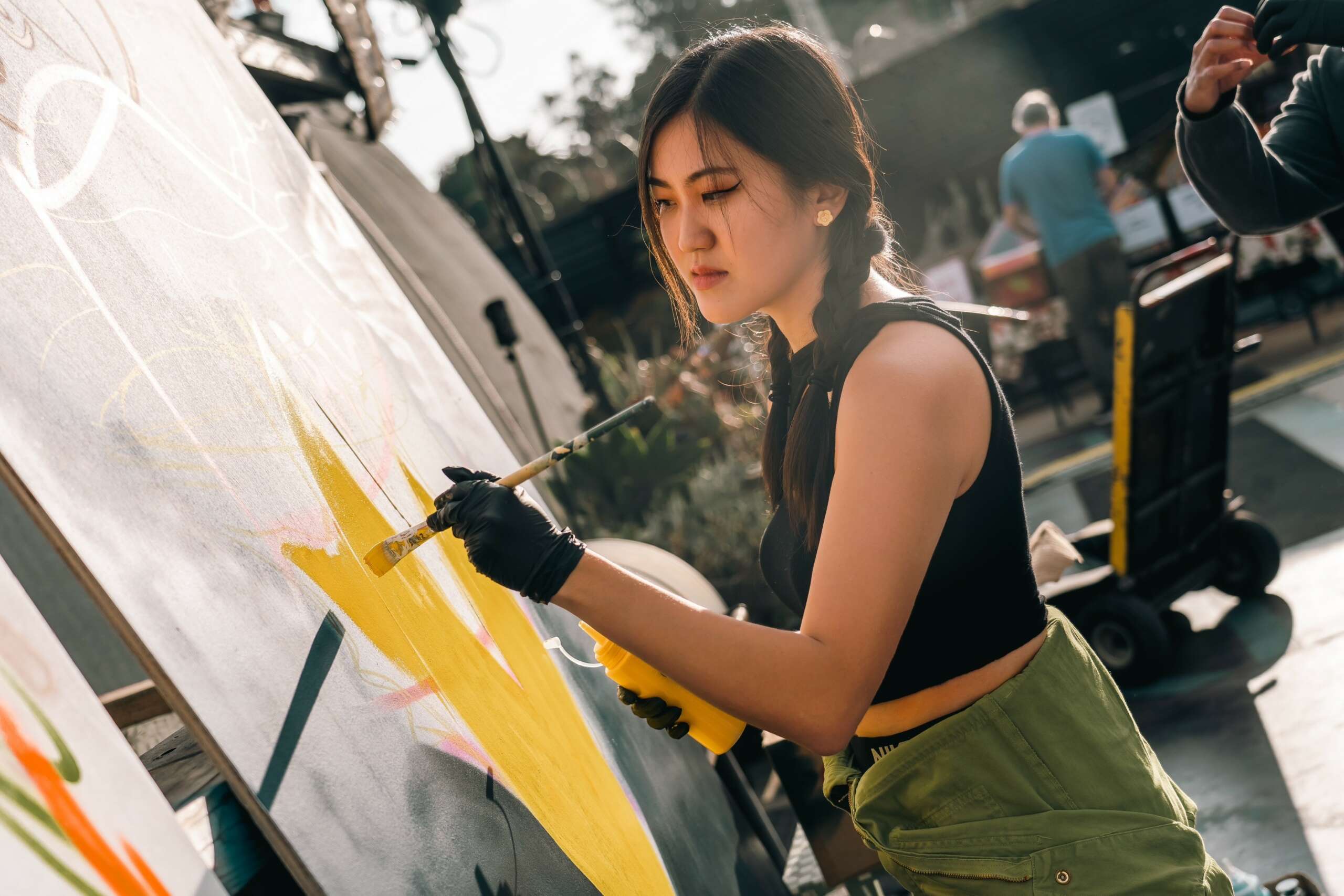
Contact Info:
- Website: naharahyoh.com
- Instagram: @naharahyoh
Image Credits
Photographers have given me permission to utilize their photos publicly, but wish to stay anonymous. Thank you!


